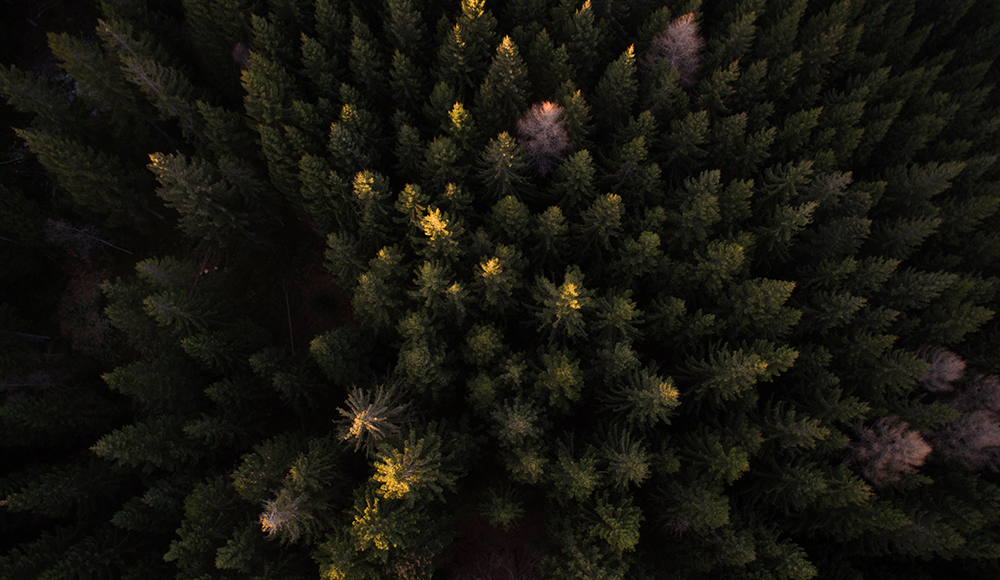Biomimicry: The Natural Way to Drive Innovation

Dr. Tamsin Woolley-Barker, an evolutionary biologist and anthropologist, is on a mission to change the way people work.
“When cities grow in size, per capita innovation and productivity explodes — but when a company grows, productivity and innovation per employee decline,” she muses. “What’s the difference? And what can we do about it?”
Dr. Woolley-Barker has a unique answer to this challenge: biomimicry.
Below is a brief Q&A between Waggl and Dr. Woolley-Barker, where we explore what biomimicry is and why organizations should look to nature to solve their most pressing challenges:
Waggl:What is biomimicry?
Tamsin Woolley-Barker: For any challenge, your company can ask, “How would nature do it?” and discover a rich abundance of proven strategies, each one honed over hundreds of millions of years for optimal material and energy efficiency. That’s biomimicry — innovation inspired by nature.
It’s the same design approach that produced such game-changers as Velcro (inspired by sticky seed burrs), GeckSkin tape (a nod to reusable and chemical-free gecko feet), and Michael Phelps’s speedy swimsuits (like sharkskin). There’s even a chip in your smartphone that mimics the way your ears and brain work together to filter out distracting noise. No wonder Fortune magazine calls biomimicry a top business trend today!
Nature’s innovations are inspiring far more than just products. They are also helping us design better companies — ones that are more innovative, more agile, and more engaged, ones that grow and adapt like living things.
Ants and honeybees, for instance, have worked together for tens of millions of years, innovating, responding quickly and effectively to change, and forging strategic partnerships to create value that compounds with each generation. These expert teams eliminate spirit-and-speed-crushing complexity by building from the bottom up, trusting the intelligence and creativity of the crowd. They thrive on change by tapping the power of autonomy and diversity, shared purpose, and peer accountability. We can do the same. It’s the way we like to work, and it’s the way we work best.
Waggl: Why do organizations struggle to sustain growth today?
TWB: The problem is organizational drag — all the hoops we have to jump through at work. We don’t do it in our personal lives, so why do we do it at work? Because we think the only way to scale up, to maximize efficiency and performance, is to standardize everything and everyone.
We’re designing companies like machines, engineered and managed from the top, with standardized and replaceable cogs with rigid functions. Machines are designed to do very specific, predetermined things. They don’t adapt to change, they don’t grow, and they require a lot of maintenance, repair, and energy. Most importantly: Neither workers nor customers are standardized cogs, and they are quick to disengage when they’re treated that way.
Waggl: What role does diversity play in biomimicry for organizational development?
TWB: We are living beings, infinitely variable and imperfect, and that’s a great thing! That diversity is the raw material every species requires to adapt to change. When change comes — and it always does — populations that lack diversity blink out and disappear. The same is true in business.
Without actively nurturing a culture of experimentation, where individual differences and diversity can show up authentically, evolution can’t happen. When change comes, you’ll be left high and dry.
—
Let nature be your guide to evolving a more resilient, adaptive, responsive organization that creates lasting, growing value.
To learn more from Dr. Woolley-Barker, consider attending Harvest, Waggl’s upcoming leadership retreat.
A version of this article originally appeared on the Waggl blog.
Waggl is the most human way for organizations to crowdsource feedback.

